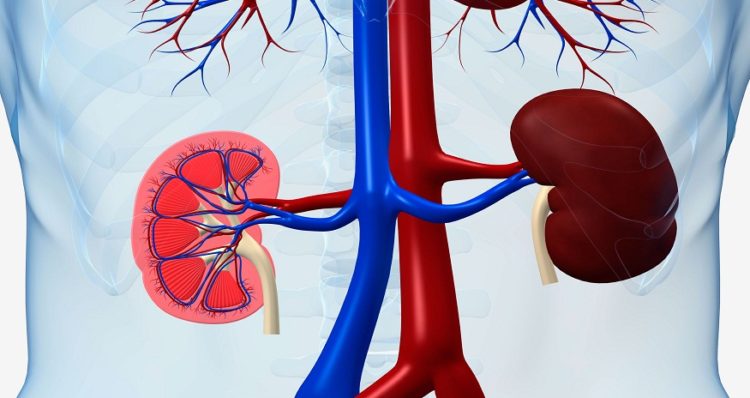
Kidney Failure and What to Look Out For
admin | January 27, 2021 | 1 | Health
The kidneys are two organs that are located symmetrically about the spine towards the lower back. They are responsible for filtering toxins and harmful by-products of bodily processes from the blood, and sending them to the bladder to be excreted out of the body as part of urine, during urination. They are also responsible for producing hormones that regulate blood pressure.
Kidney failure, also called renal failure, occurs when the kidneys are no longer capable of filtering out the waste and harmful chemicals in the blood. This results in a build-up of harmful substances that can do damage to the body. If the condition isn’t treated, it can ultimately result in death.
If you think your kidneys might be failing, you should visit a doctor immediately in order to catch it and treat it before the condition worsens. We recommend these Urologist in Lahore, if you reside in the area.
Kidney failure can be either acute or chronic. We’ll look into both of these below.
Causes
Acute Renal Failure (ARF) occurs suddenly and is an immediate loss of kidney function. This need not be permanent, and is usually related to other ongoing conditions. The causes of ARF include:
- Loss of blood flow: This can be due to damage to the kidneys following surgery or other trauma; heart disease; a heart attack; an allergic reaction; or an infection such as sepsis.
- High blood pressure
- Blockage of the kidney (e.g. due to the presence of kidney stones)
- Problems excreting urine: This can be caused by cancers blocking passageways in the colon, bladder and cervical. It can also be caused by an enlarged prostate and nerve damage reducing the efficiency of the urinary system.
- Drug use
Chronic Renal Failure (CRF) is a permanent condition that progresses slowly over time. Its causes include:
- Diabetes: One of the most common causes of CRF.
- Polycystic kidney disease
- A renal infection
- High blood pressure
- Auto-immune diseases
Unlike ARF, CRF does not get better if the initial cause is treated.
Symptoms
The symptoms of ARF include:
- Swelling of the hands, feet, legs and face due to excess fluid
- Seizures
- Internal bleeding
- Fatigue
- A feeling of weakness
- Pain or pressure in the chest
- Nausea and maybe vomiting
- Shortness of breath
- In severe cases you may even fall into a coma
You may not experience any obvious symptoms even if you do have ARF.
As CRF progresses slowly, symptoms may not arise until quite a bit of damage has already been done, and kidney function reduces to about 20%. The symptoms that can appear include:
- A loss of appetite and weight loss
- Anemia
- Nausea and vomiting
- A metallic taste in the mouth
- Pain in the chest
- Shortness of breath
- Fatigue
- Weakening of bones
- Swelling like that of ARF symptoms
- Yellowing of the skin
- Difficulty sleeping
- Numbness in the limbs
- Bruising easily
- High blood pressure
- Muscle cramps
- Feelings of confusion
Treatment
As we’ve said before, ARF can be treated indirectly by treating its cause. You may also need to undergo dialysis while kidney function returns to normal.
However, treating the initial cause of CRF only slows its progression, and there is no sure cure for the condition. The only options available are regularly scheduled dialysis sessions, or a kidney transplant.
If you believe you may be suffering from renal failure, you should consult a physician immediately before the disease progresses to end-stage renal disease, which could potentially lead to death. If you live in Karachi, here are some of the Best Urologist in Karachi that you can consult.


